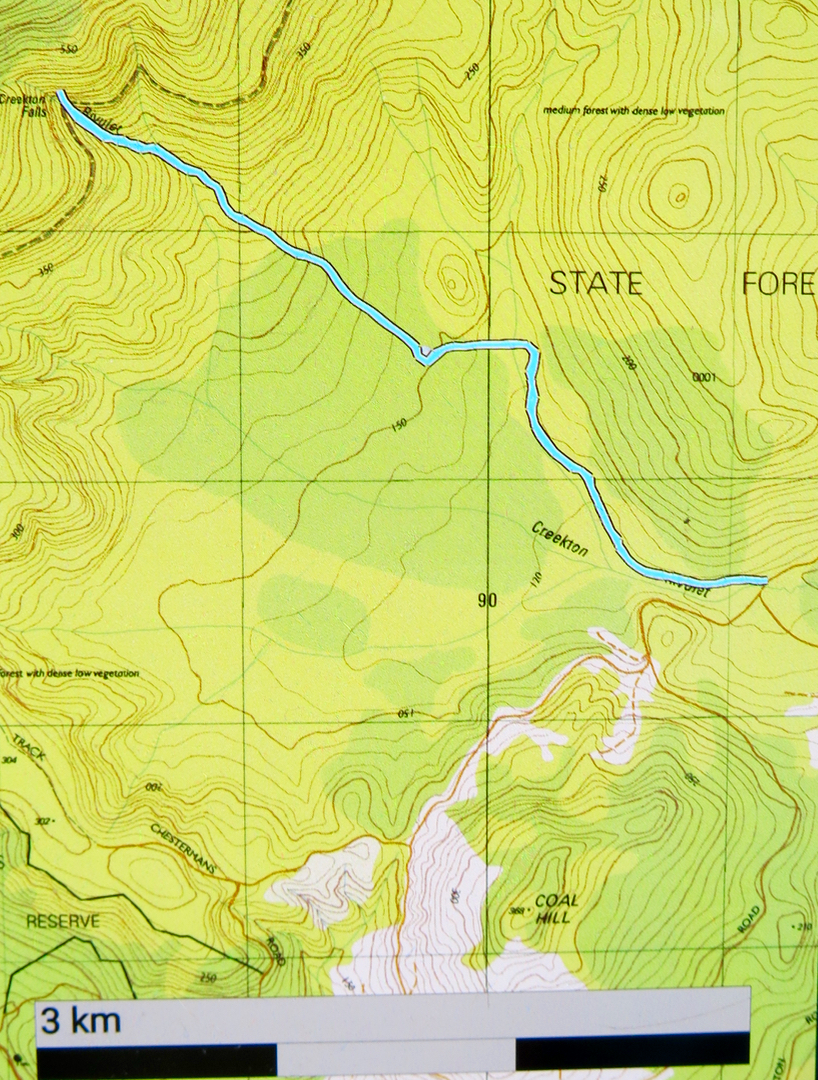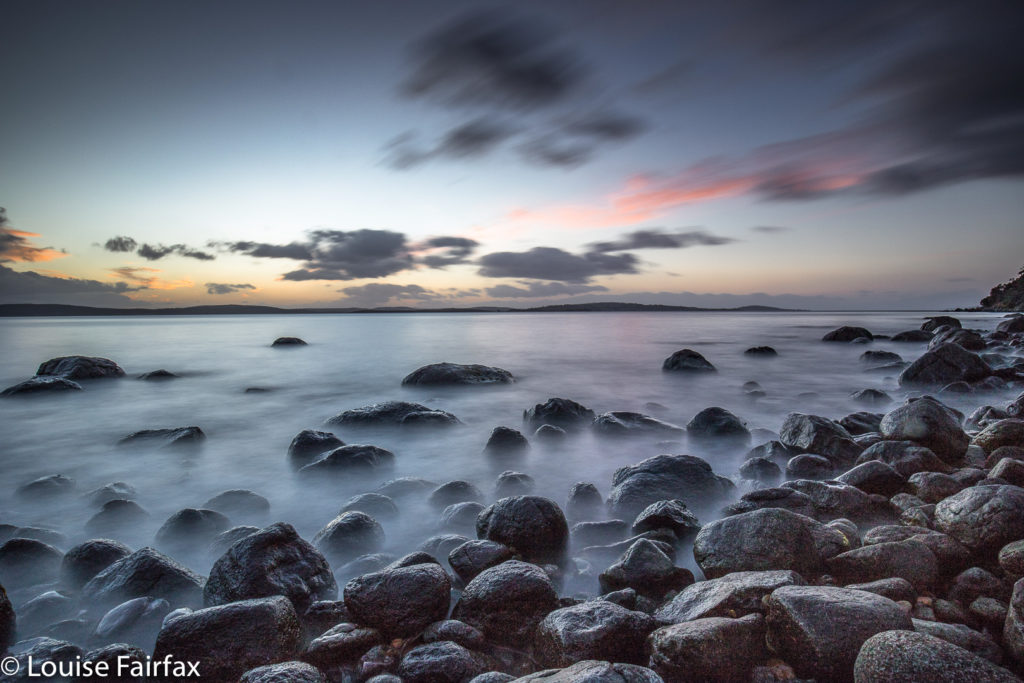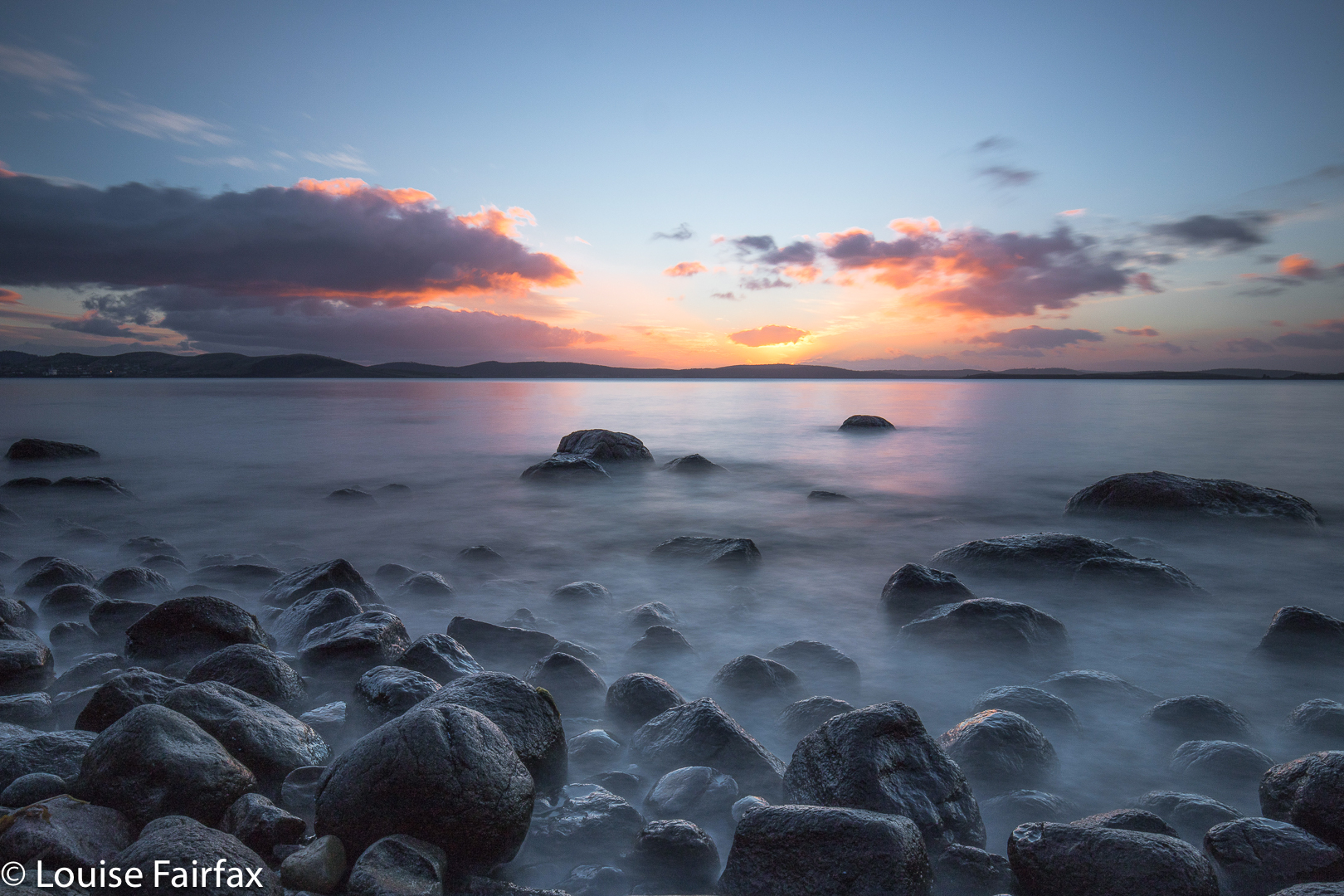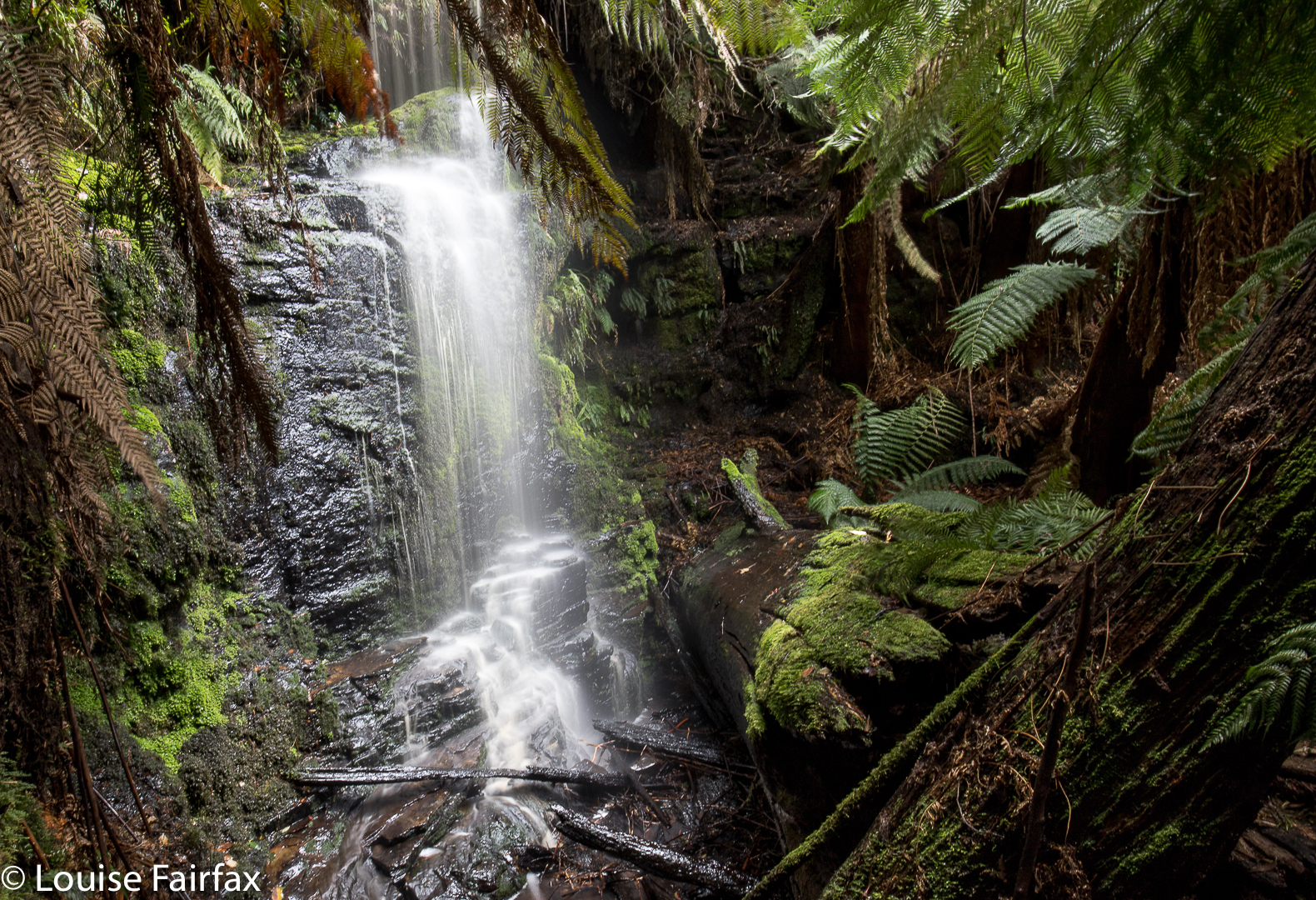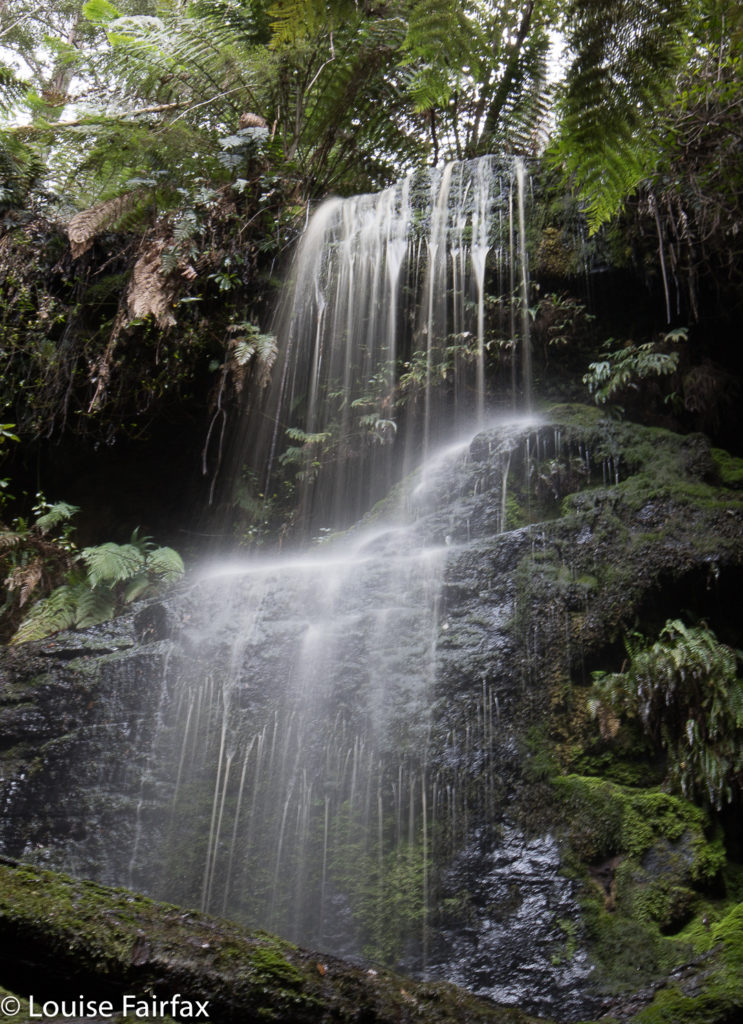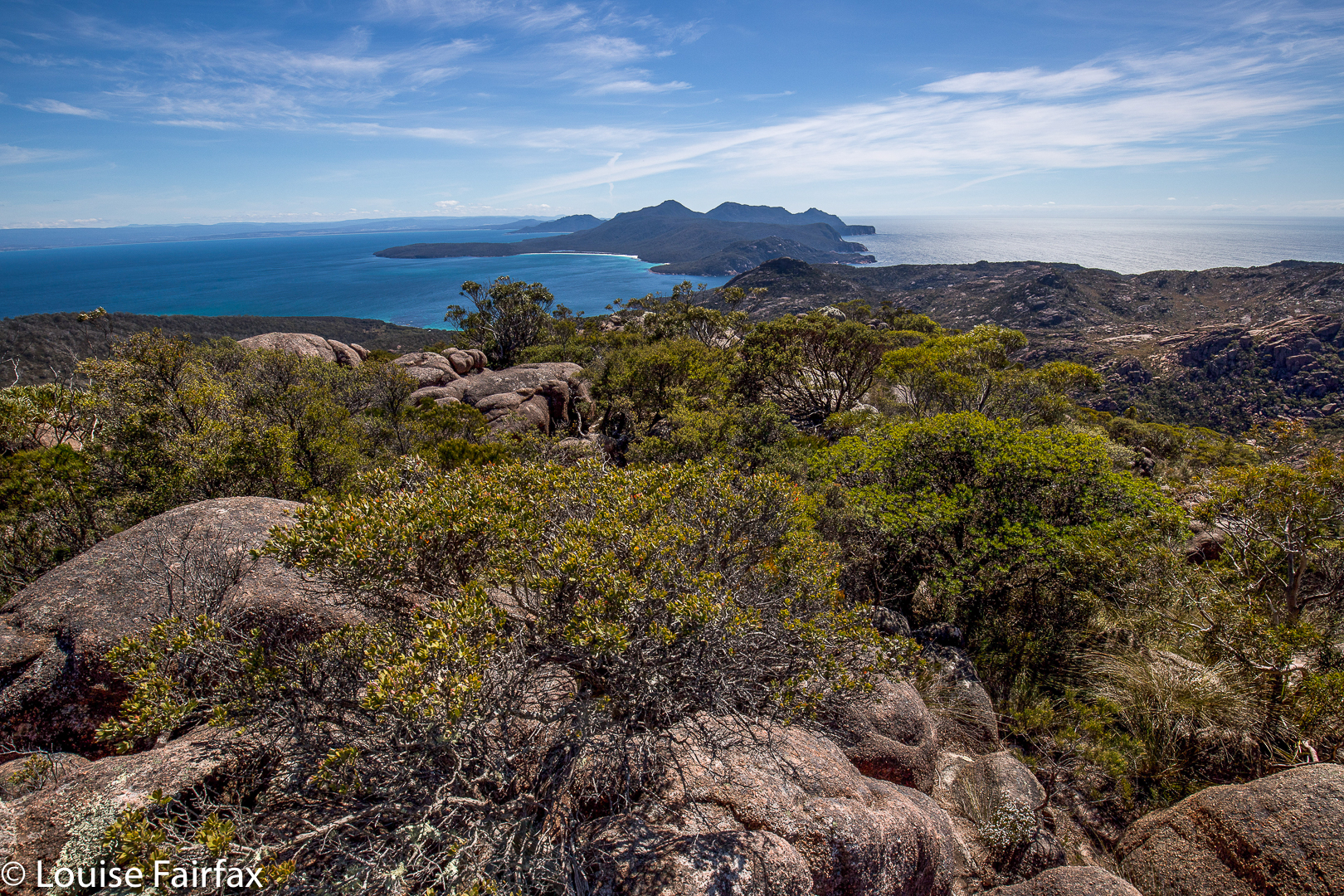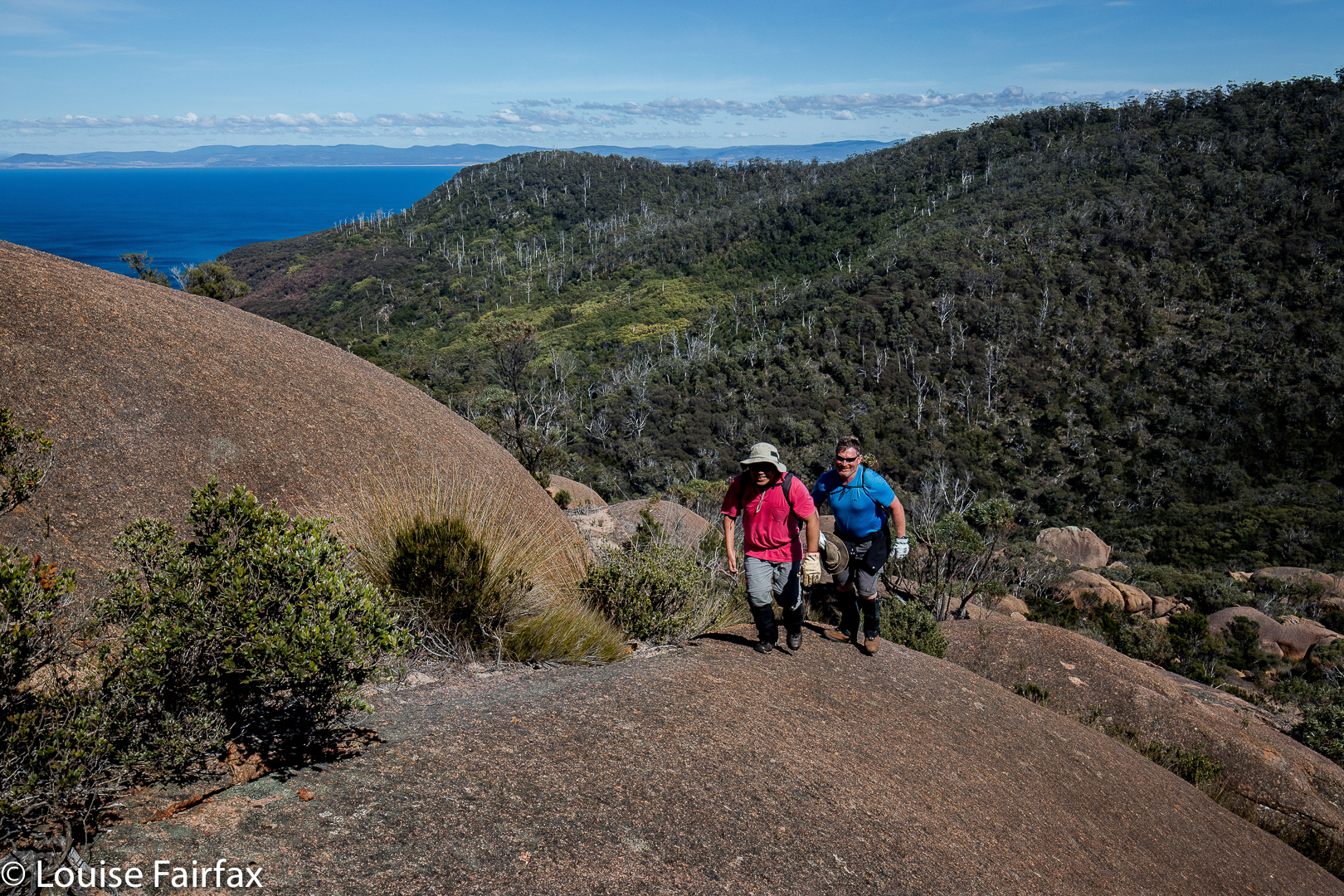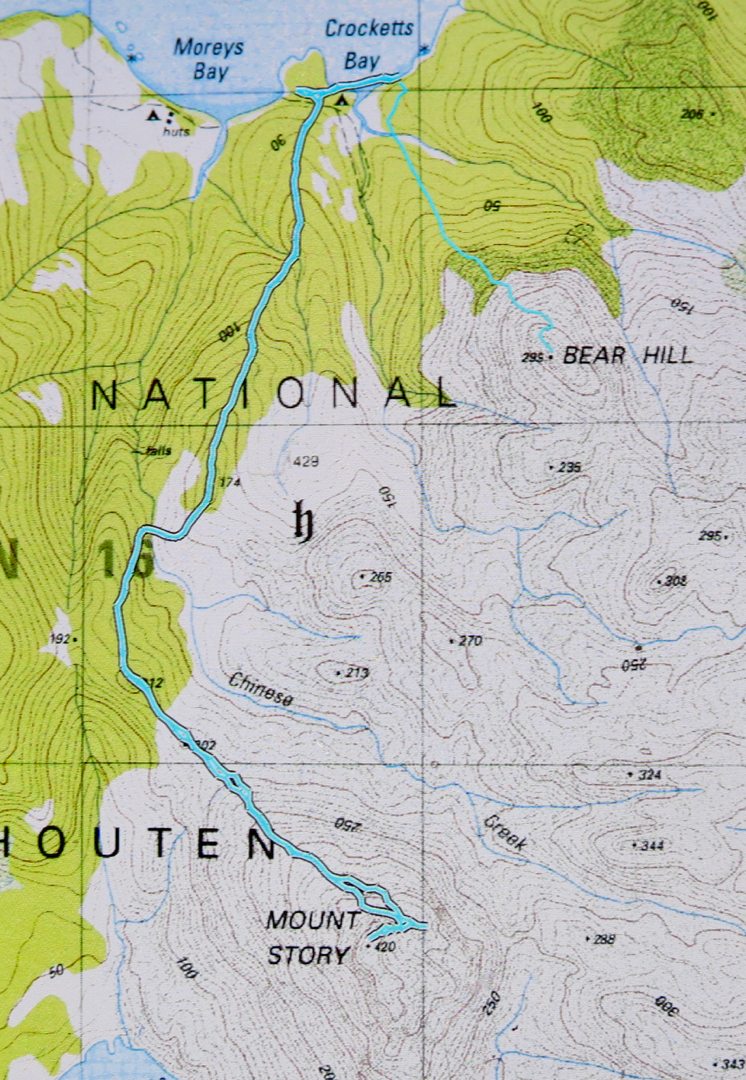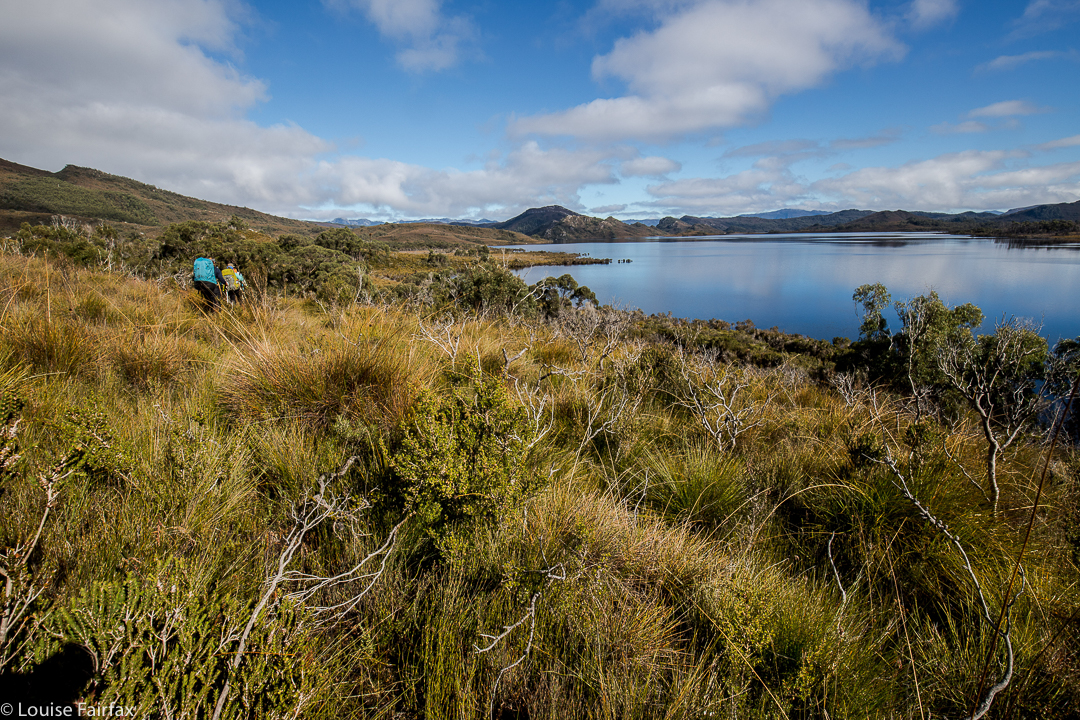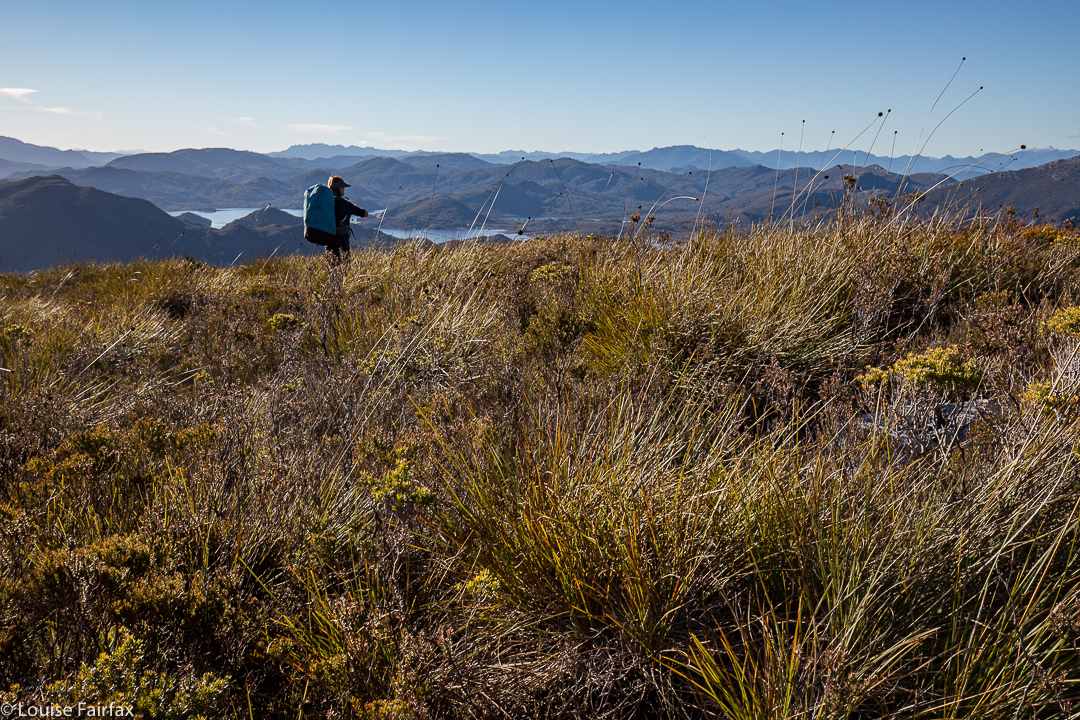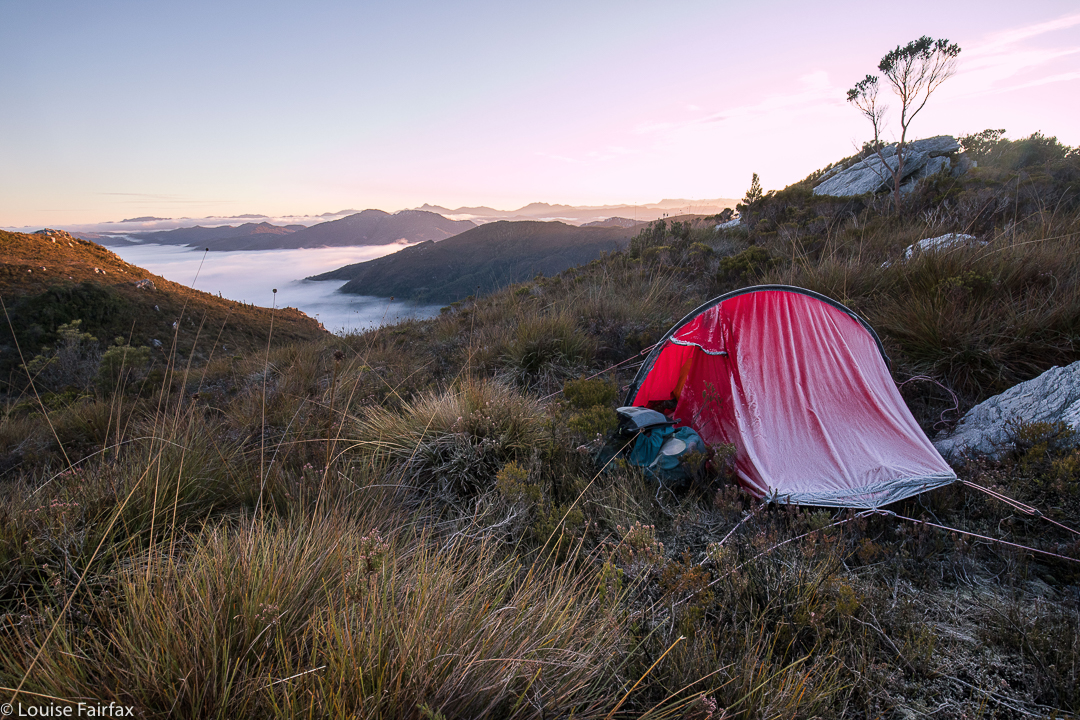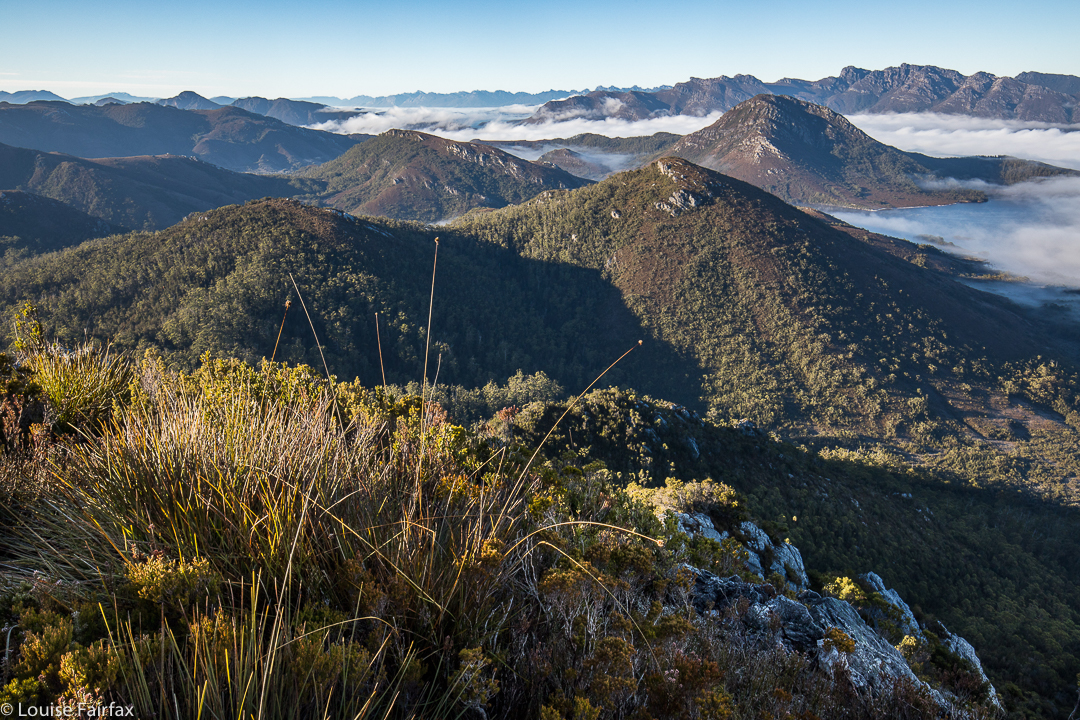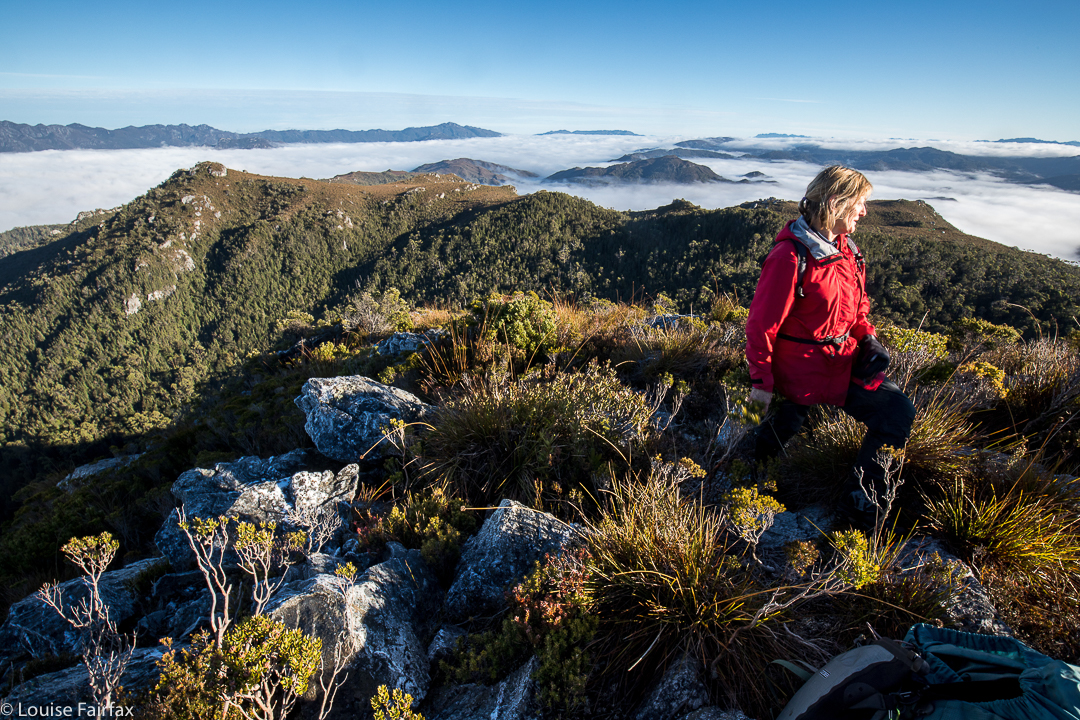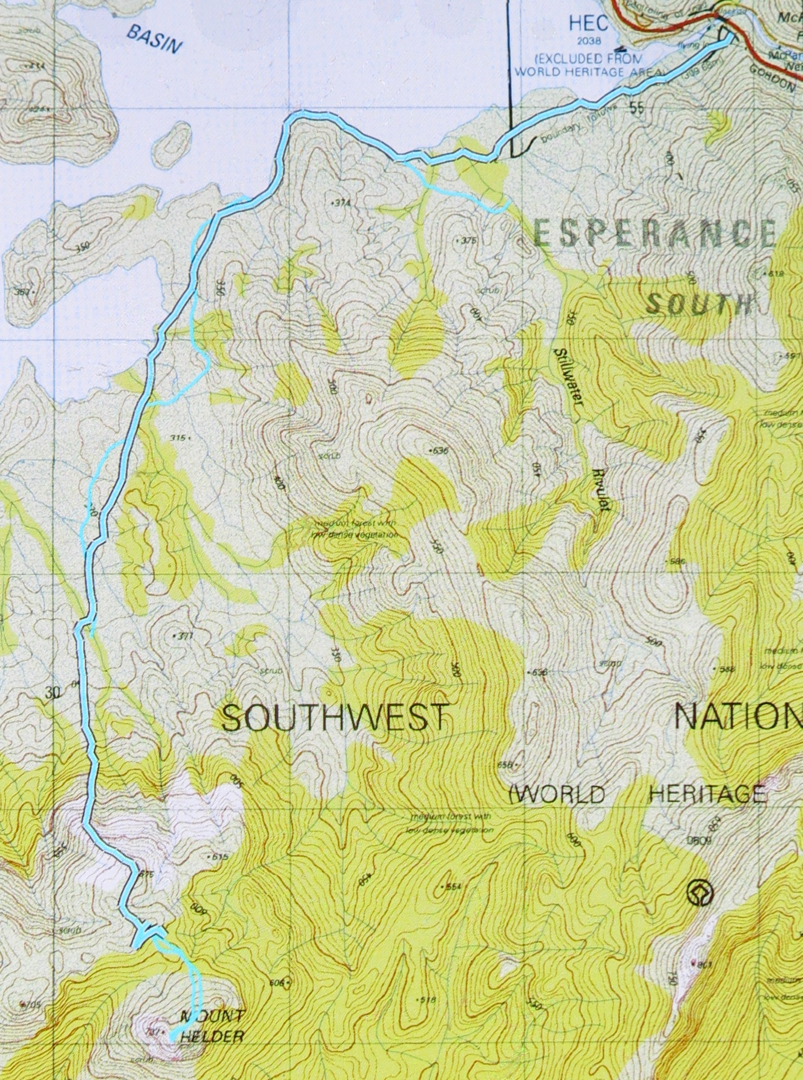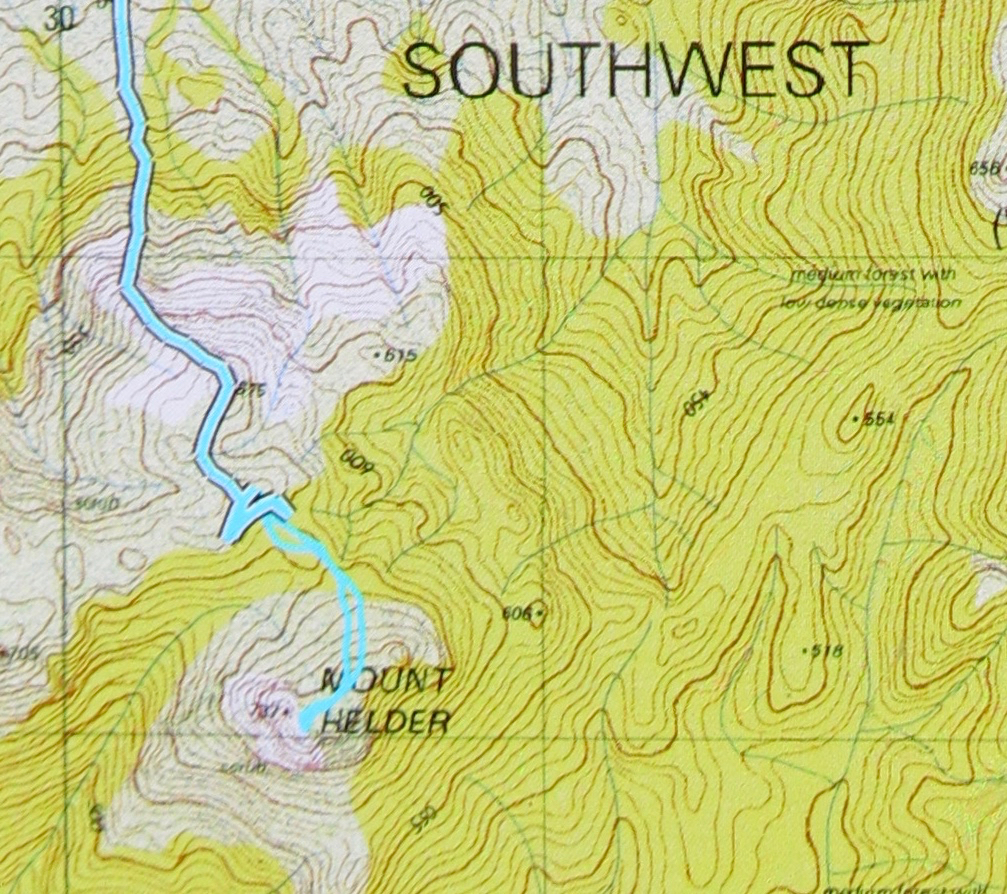Creekton Falls 14th October 2017
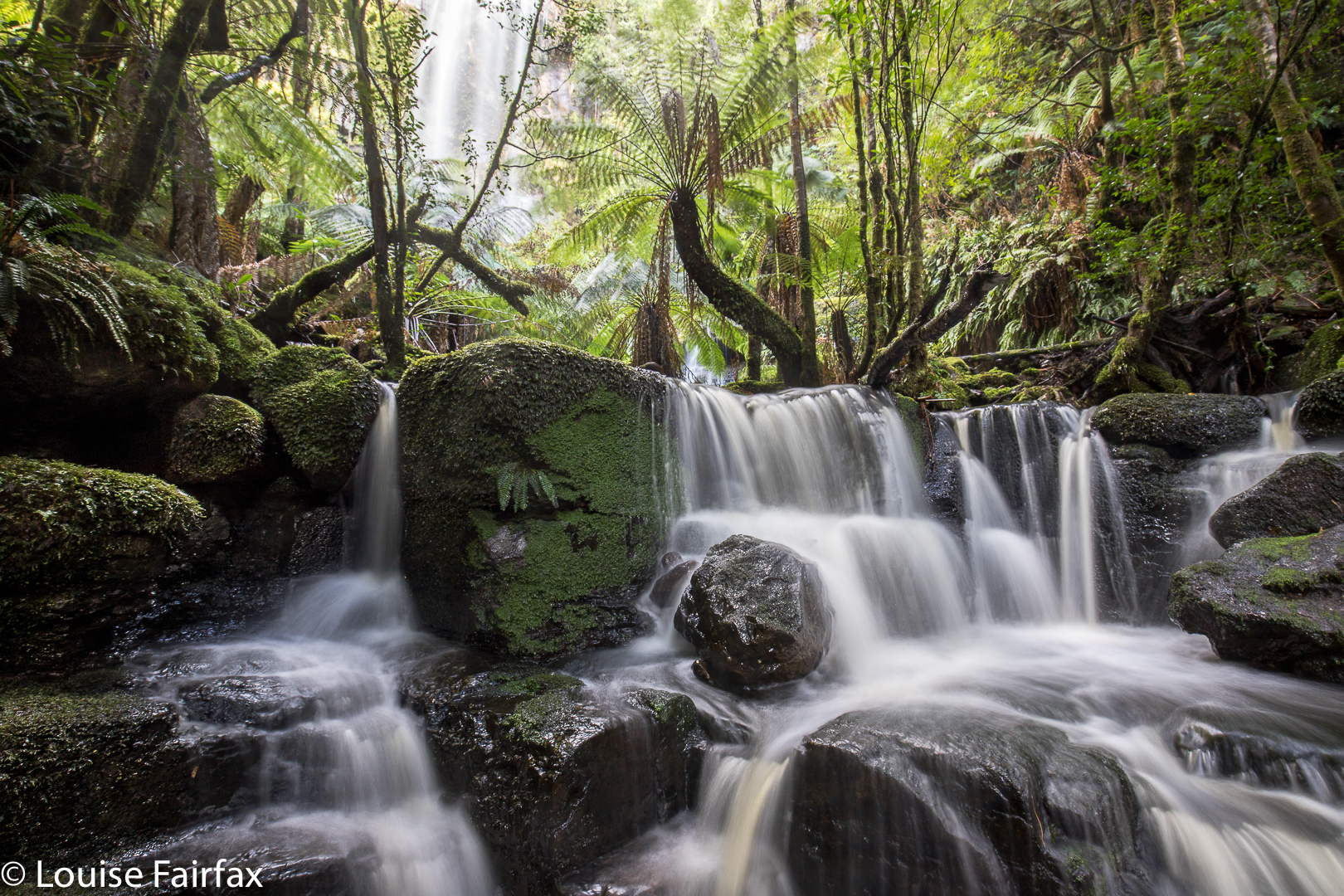
And so, by the chronological presentationI have been following of the falls we visited on this holiday, I now arrive at Creekton Falls. These glorious falls would be momentous in their own right, even if nothing else happened that day: because of their sheer beauty, and the attendant beauty of all the cascades that can be found if you wander downstream. Even the lower demesne of the Creekton Rivulet, with no falls or cascades, just gentle burbles, is captivating due to its tannin colour set in deep rainforest green.
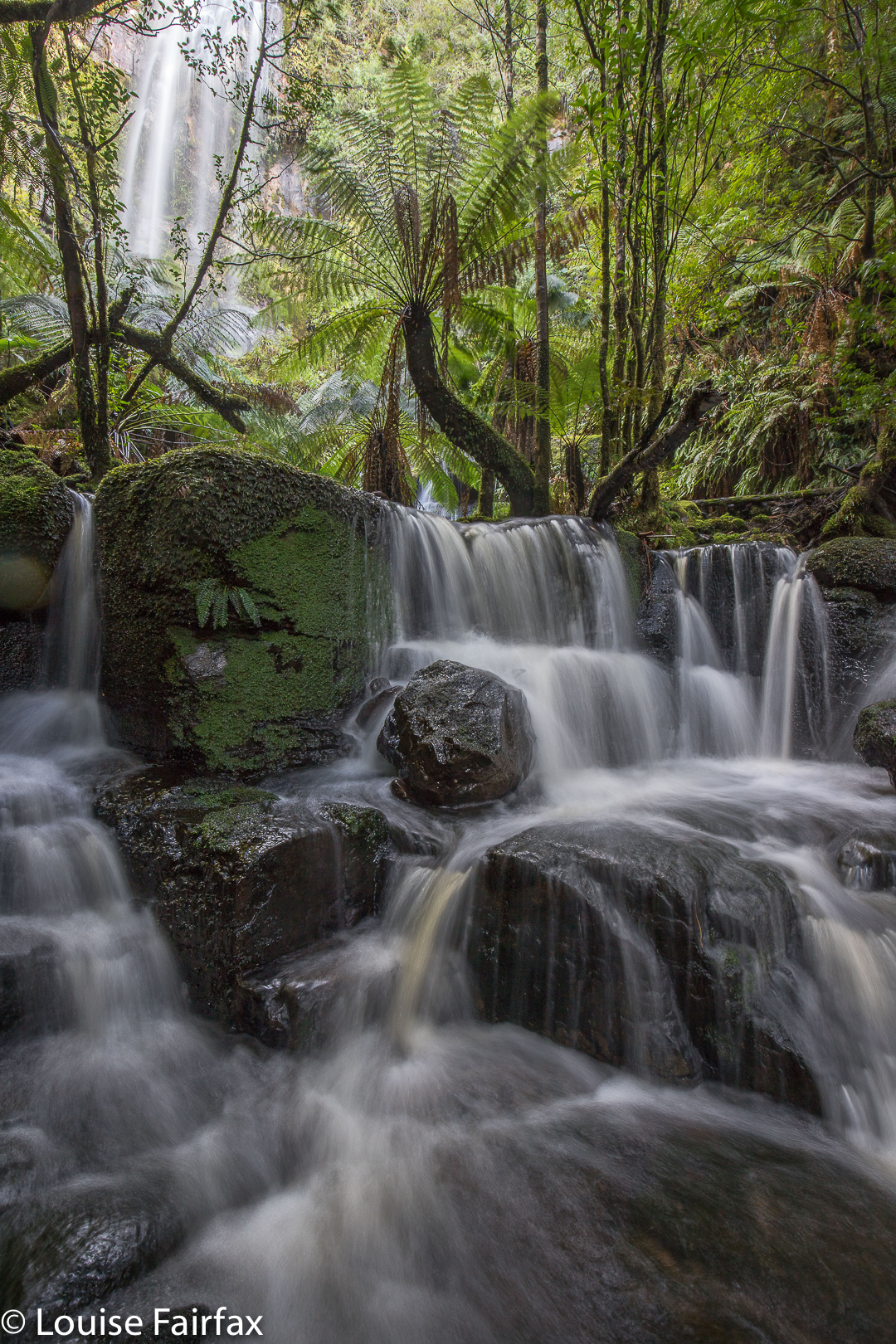 I have written in the blog titled “Bruce’s Final Footsteps” about the tragic turn events took that day. Most people reading this blog are coming to this post to find out information about the Creekton Falls, as such, (or to see my photos of it) so I will write about their beauty, even though, for me and for all of us who searched for six days for Bruce, that beauty is couched within the context of events as they emerged once I got back to the car and discovered that my husband wasn’t there.
I have written in the blog titled “Bruce’s Final Footsteps” about the tragic turn events took that day. Most people reading this blog are coming to this post to find out information about the Creekton Falls, as such, (or to see my photos of it) so I will write about their beauty, even though, for me and for all of us who searched for six days for Bruce, that beauty is couched within the context of events as they emerged once I got back to the car and discovered that my husband wasn’t there.
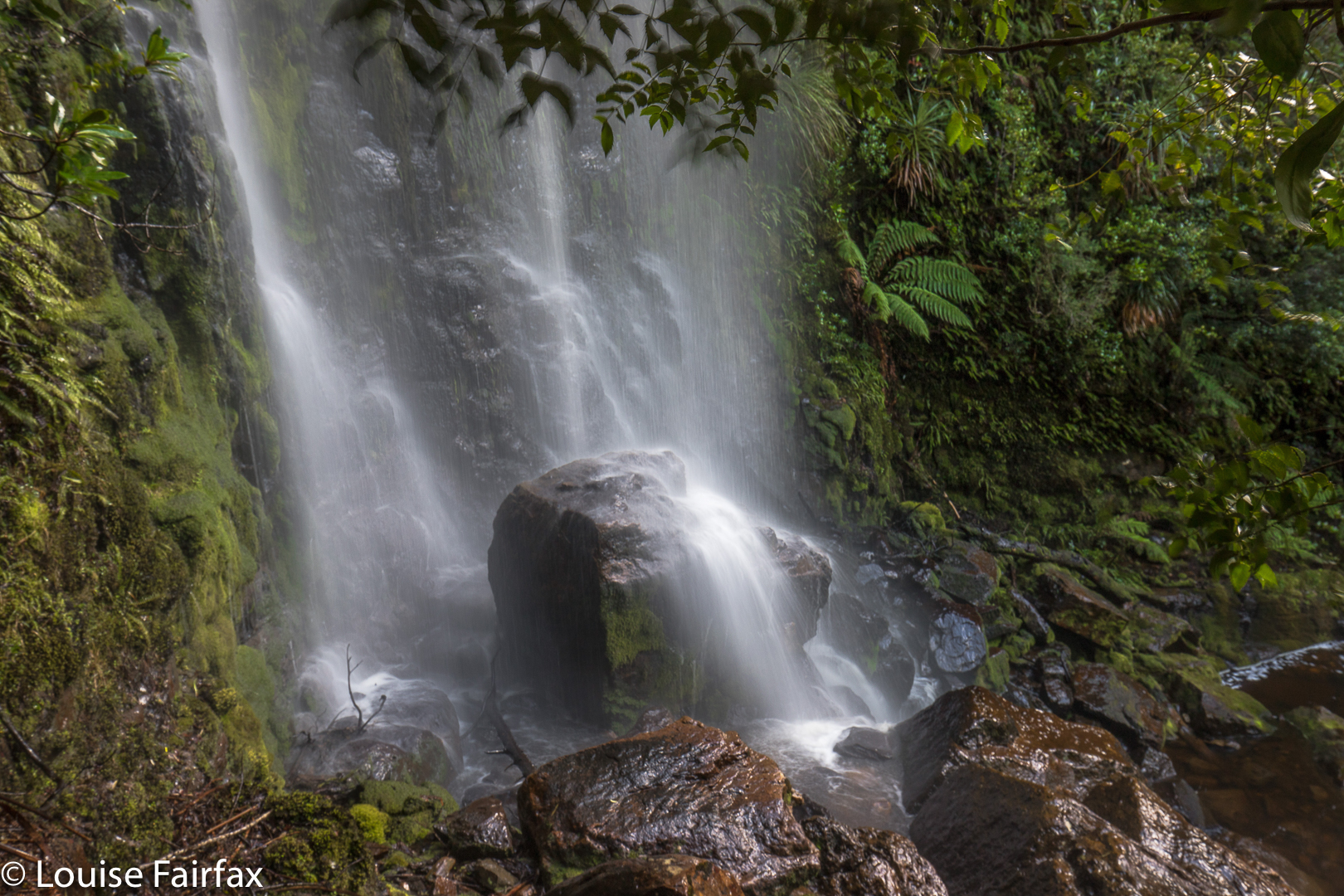 After I left him (at the start, to do his own, easier walk), I was off in my private little world, dreaming to the rhythm of my footsteps in my purposeful stride, and transported to a different realm of enormous beauty, hating rushing past it, and planning to go backwards with Bruce after our rendez-vous to shoot some sweet pools with appealing flow lines. I got to the lake, which had mirror reflections, but didn’t stop, as I wanted to allow any extra time in my estimation to be spent photographing the falls themselves.
After I left him (at the start, to do his own, easier walk), I was off in my private little world, dreaming to the rhythm of my footsteps in my purposeful stride, and transported to a different realm of enormous beauty, hating rushing past it, and planning to go backwards with Bruce after our rendez-vous to shoot some sweet pools with appealing flow lines. I got to the lake, which had mirror reflections, but didn’t stop, as I wanted to allow any extra time in my estimation to be spent photographing the falls themselves.
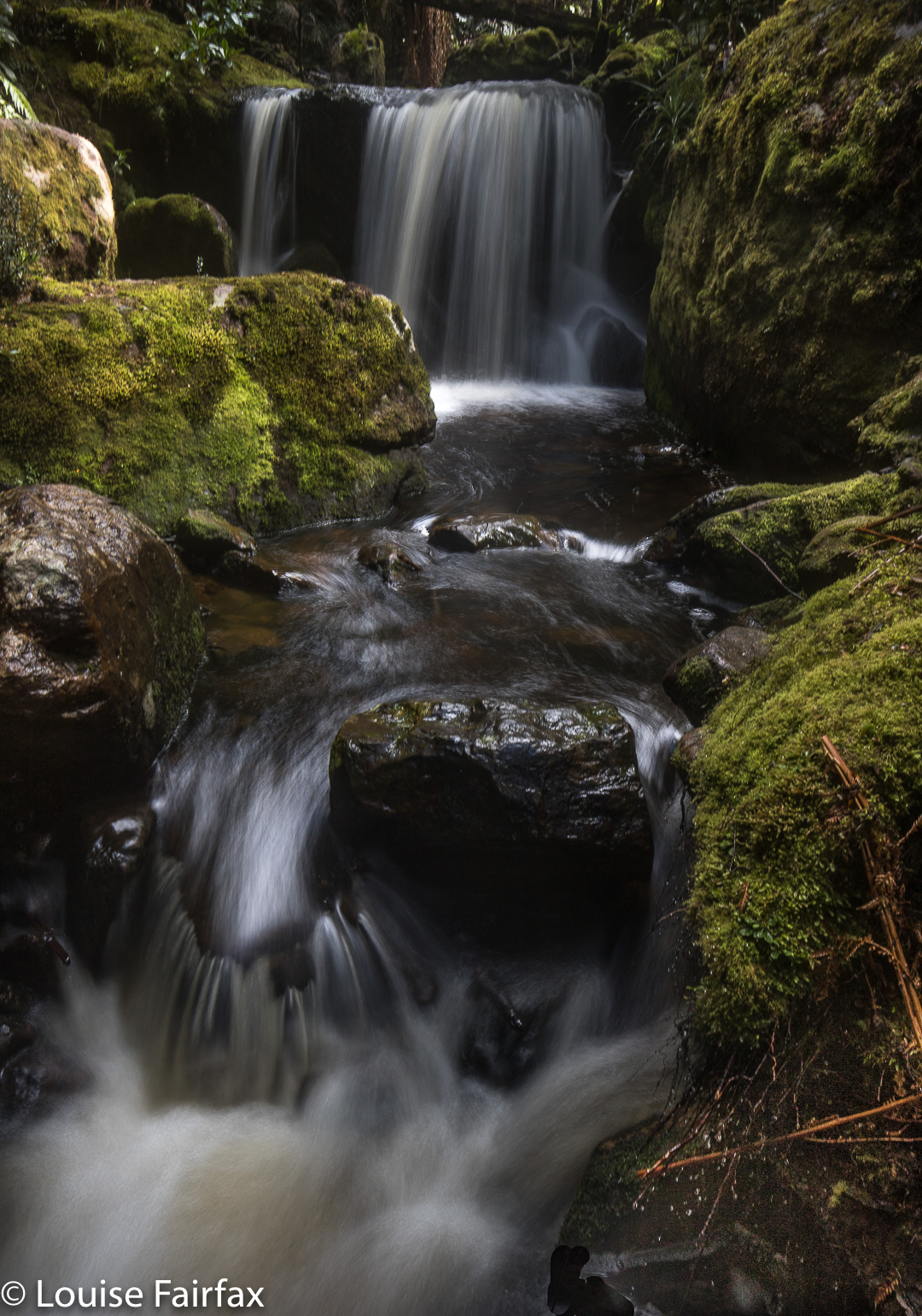 The path was less clear after the lake, but there were pink ribbons, and nothing was tricky if you’re experienced – there was even a rope on the steep bit that was muddy enough to pose possible problems if it was very wet. Up I climbed, reaching the falls in one hour fifteen minutes. Good. I had plenty of time for photography. I chose several different angles, and had a wonderful time, singing as I shot. Tessie behaved beautifully for a change, not worrying me too much by going near edges, and sitting very still when I perched in dangerous positions to get my angles.
The path was less clear after the lake, but there were pink ribbons, and nothing was tricky if you’re experienced – there was even a rope on the steep bit that was muddy enough to pose possible problems if it was very wet. Up I climbed, reaching the falls in one hour fifteen minutes. Good. I had plenty of time for photography. I chose several different angles, and had a wonderful time, singing as I shot. Tessie behaved beautifully for a change, not worrying me too much by going near edges, and sitting very still when I perched in dangerous positions to get my angles.
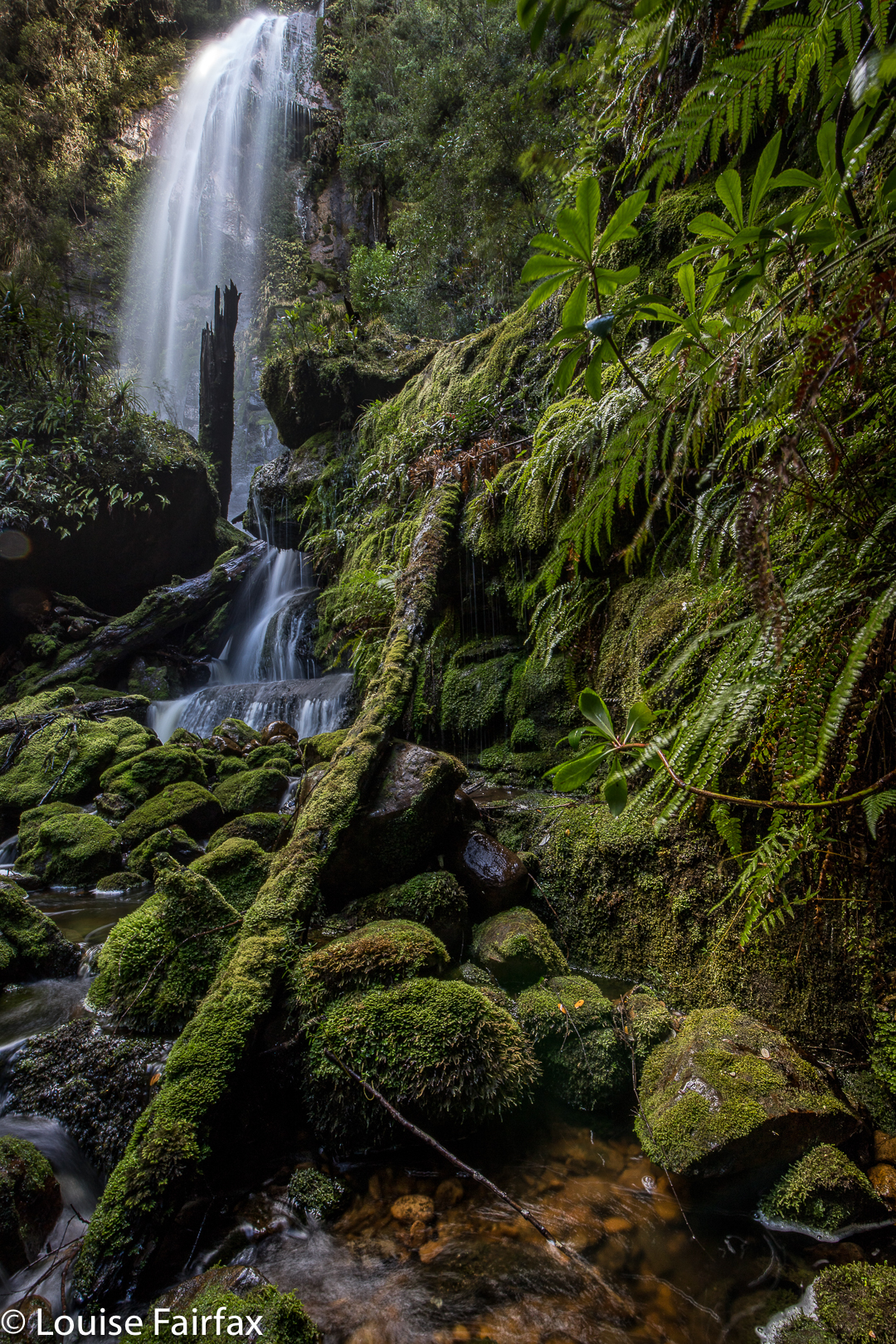 On the way back, I looked longingly at the pink ribbon that lead to Adamsons Falls. I had deliberately chosen – before I ever set out – not to do them, as I thought the expected three hours was long enough to leave Bruce by himself. People say the Adamsons-Creekton loop is seven hours – much too long. I’d do Adamsons another time. I don’t like eating all my chocolates at once anyway. (I actually did this loop on day 6 and was back well before lunchtime. I’ll write that blog soon). The return trip from the falls to the car only took one hour for the walking part, a pleasant morning’s outing …. except that there was no Bruce at the end.
On the way back, I looked longingly at the pink ribbon that lead to Adamsons Falls. I had deliberately chosen – before I ever set out – not to do them, as I thought the expected three hours was long enough to leave Bruce by himself. People say the Adamsons-Creekton loop is seven hours – much too long. I’d do Adamsons another time. I don’t like eating all my chocolates at once anyway. (I actually did this loop on day 6 and was back well before lunchtime. I’ll write that blog soon). The return trip from the falls to the car only took one hour for the walking part, a pleasant morning’s outing …. except that there was no Bruce at the end.
 There never was a Bruce again, but, as I said earlier, that is another story, particular to Bruce rather than these falls. For you, they’ll “just” be the magic Creekton Falls. For Bruce’s family and the thousands of people who have been touched by him – by his patience, his kindness, his gentillesse and his power to inspire others to be and do their best – it will be the special place of his final walk. We all call the forest “Brucey Forest”, and it will always be the place where I feel a very special connection to my soulmate and husband.
There never was a Bruce again, but, as I said earlier, that is another story, particular to Bruce rather than these falls. For you, they’ll “just” be the magic Creekton Falls. For Bruce’s family and the thousands of people who have been touched by him – by his patience, his kindness, his gentillesse and his power to inspire others to be and do their best – it will be the special place of his final walk. We all call the forest “Brucey Forest”, and it will always be the place where I feel a very special connection to my soulmate and husband.

